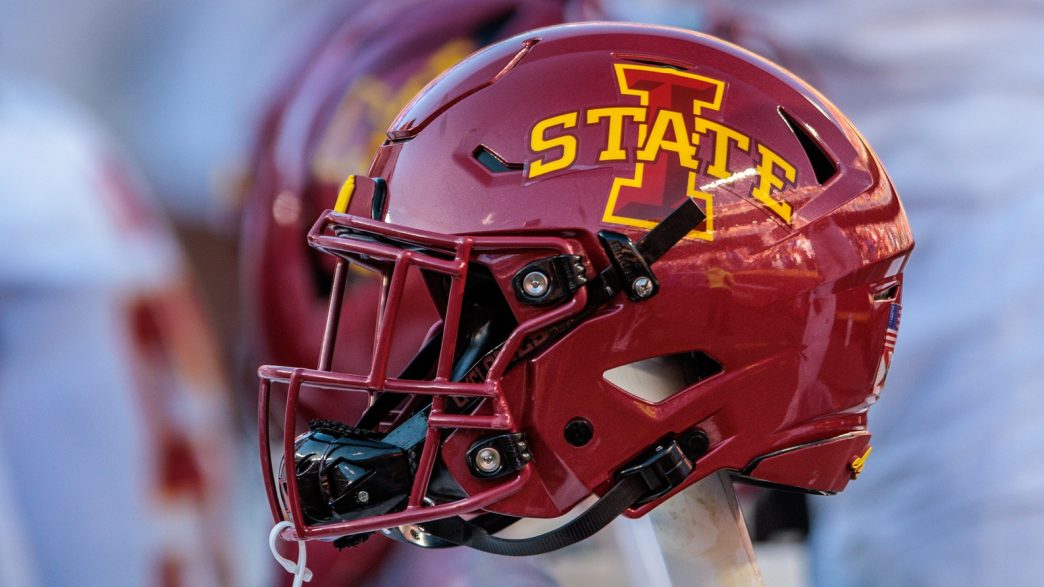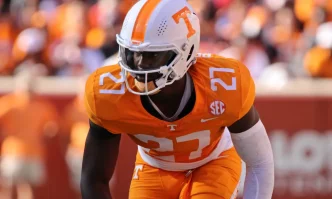Iowa State finds itself in a precarious position within the Big 12 Conference, and the path ahead could be challenging. Cyclones athletic director Jamie Pollard recently laid bare some of the critical issues his program is grappling with during a podcast appearance hosted by Elijah Moore. With the landscape of college athletics evolving rapidly, Iowa State is at a crossroads that demands immediate attention.
The backdrop to Pollard’s comments is the monumental $2.8 billion settlement from the House vs. NCAA case, which impacts current and former athletes alike. But it’s not just about damages; the NCAA is now mandating a new revenue-sharing system, and schools will need to adapt quickly to remain competitive in this shifting environment. The stakes have never been higher, with Power Four programs projected to allocate significant funds—potentially upwards of $20 million annually—to comply with these new financial pressures.
Pollard acknowledged the reality facing Iowa State with a clear and direct statement: “Iowa State does not have that $20 million.” He emphasized that failing to make this financial commitment could pose serious challenges moving forward. The urgency is palpable, as the need for the Cyclones to find those funds is not just a one-off requirement but an annual obligation that looms large.
What’s critical to understand is the impressive financial discipline Iowa State has shown over the years. Pollard highlighted that the athletic program had built a substantial cash reserve over the last two decades, which was judiciously utilized during the COVID-19 pandemic. Unlike some peers in the conference, such as the University of Iowa—who took a $60 million loan to buffer against financial disruption—Pollard’s team managed to navigate tough times without placing additional strain on the university’s finances or its student body.
However, the crunch is coming. Pollard foresees a reality where, without a strategic solution for revenue-sharing, Iowa State could be faced with a significant annual deficit. “We can decide we just want to have an athletic program like Northern Iowa,” he warned, emphasizing the potential economic fallout of such a decision—not just for the university but for the entire community it supports. The implications are far-reaching, affecting central Iowa and the city of Ames itself.
Fortunately, amidst these challenges, Pollard pointed to examples from around the Power Four that could inspire a path forward. Arizona State, for instance, has found a way to inject $50 million annually into its athletic department. Iowa State’s current contribution sits at zero, which is largely dictated by Board of Regents policies. That begs the question: how does Iowa State align its fiscal strategies with its aspirations for excellence in athletics?
Pollard suggested that adopting a system similar to Virginia Tech’s, which has successfully implemented a student fee generating nearly $20 million annually, could be part of the solution. While raising costs can often be unpopular, it may be a necessary step for the Cyclones to maintain their competitive edge.
With Iowa State enjoying a period of considerable success in both football and basketball, the idea of slipping into obscurity seems almost unthinkable. Pollard’s forward-thinking approach and candid acknowledgment of the hurdles ahead provide a sense of reassurance to fans. As the Cyclones navigate these turbulent times, trusting in Pollard’s leadership and vision could be key to sustaining the program’s upward trajectory. With his strategic mindset at the helm, Iowa State has a fighting chance to keep thriving in the ever-evolving landscape of college athletics.







